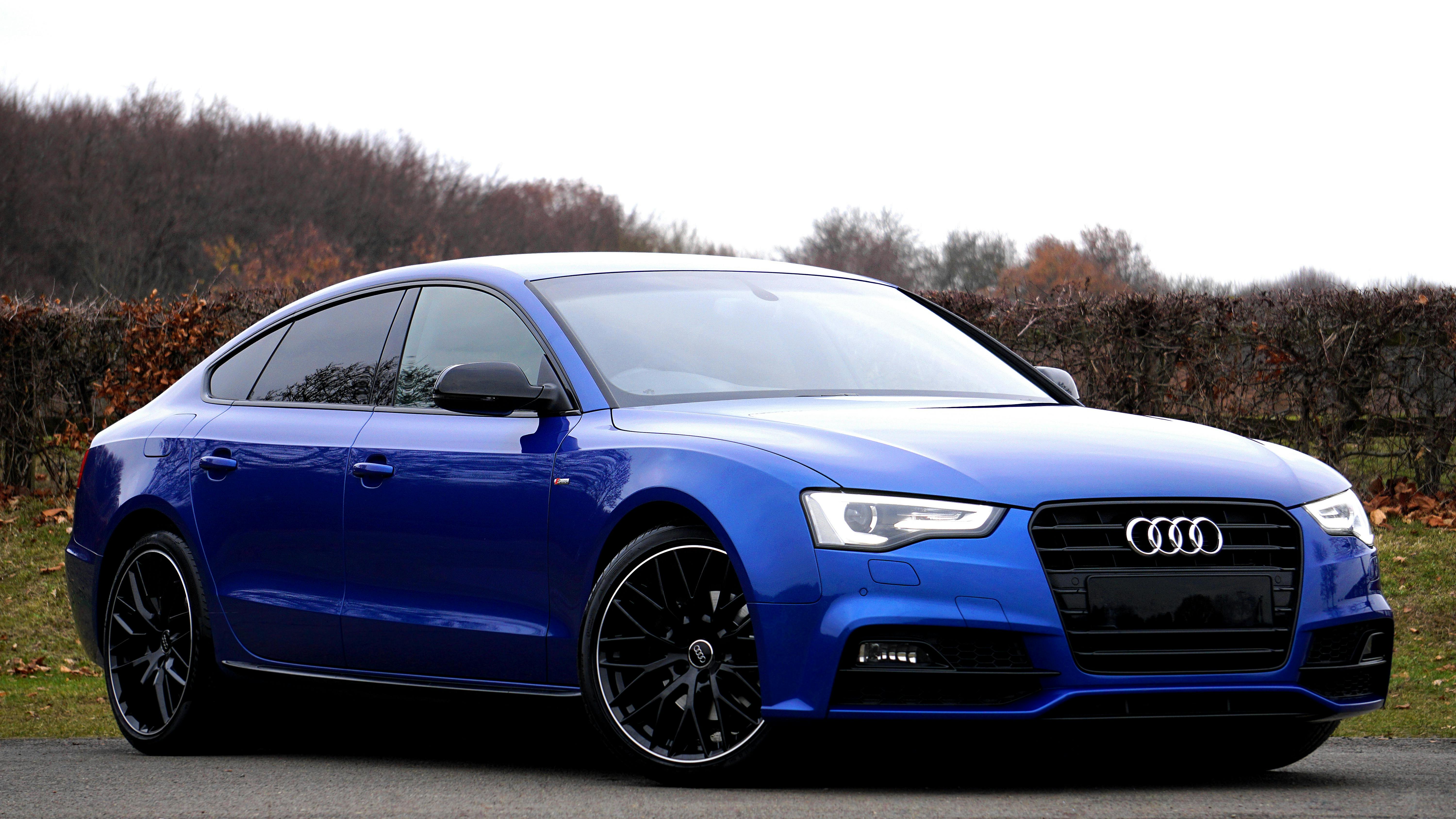Car Shakes When Accelerating At Low Speed

The familiar shudder, the low-speed judder – the car shaking when accelerating from a stop or at crawling speeds. For generations, this has been a frustrating, and often mysterious, issue plaguing drivers of both new and old vehicles. While the causes are often rooted in the mechanical realities of internal combustion engines (ICEs), the rise of electric vehicles (EVs), sophisticated hybrid systems, and ever-smarter automotive solutions are promising a future where such unpleasant experiences become relics of the past. But the road to a shake-free ride isn’t without its bumps.
The Legacy of Shakes: ICE Age Problems
Historically, low-speed acceleration shakes in ICE vehicles are typically attributed to a handful of culprits. Worn or damaged constant velocity (CV) joints, responsible for transferring power to the wheels while allowing for suspension movement, are a frequent offender. These joints degrade over time, especially under the stress of stop-and-go traffic, causing vibrations that are amplified during acceleration. Similarly, issues within the transmission, such as a slipping clutch in manual cars or torque converter problems in automatics, can produce noticeable shaking. Furthermore, engine misfires due to faulty spark plugs, ignition coils, or fuel injectors can manifest as a rough idle and shaking during acceleration. Even something as simple as imbalanced tires or worn suspension components can contribute to the problem, especially at lower speeds.
Diagnosing these issues often requires a skilled mechanic and can involve a process of elimination. While diagnostic tools can pinpoint engine misfires, tracking down a worn CV joint or a slipping transmission can be more challenging, relying on experience and careful observation. The complexity of modern ICE vehicles, with their intricate network of sensors and actuators, adds another layer of difficulty. Finding the true root cause can be time-consuming and expensive.
The Electric Promise: A Smoother Revolution?
EVs, with their inherently simpler powertrains, offer a compelling solution to the problem of low-speed acceleration shakes. The direct-drive nature of electric motors, with their instant torque delivery and lack of complex transmissions, eliminates many of the potential sources of vibration found in ICE vehicles. There's no clutch to slip, no torque converter to fail, and no engine misfires to worry about. This translates to a significantly smoother and more refined driving experience, especially during those crucial initial moments of acceleration.
However, the transition to EVs doesn't guarantee a completely shake-free future. New challenges emerge. For instance, the sheer weight of EV battery packs can place considerable stress on suspension components and drive shafts. If these components aren't designed and manufactured to withstand the added weight and torque, they can be prone to premature wear and failure, potentially leading to vibrations and shaking. Furthermore, the regenerative braking systems in EVs, while highly efficient, can sometimes introduce subtle vibrations if not properly calibrated. The complex software controlling these systems plays a critical role in ensuring a seamless and shake-free experience.
Hybrid Harmony: Bridging the Gap
Hybrid vehicles, combining the best (and sometimes the worst) of both worlds, present a unique set of challenges and opportunities. The seamless integration of the electric motor and the ICE engine is crucial for a smooth and refined driving experience. A poorly calibrated hybrid system can result in noticeable transitions between electric and gasoline power, manifesting as a momentary shudder or shake. Advanced control algorithms and sophisticated energy management systems are essential for mitigating these potential issues. Furthermore, the increased complexity of hybrid powertrains, with their dual power sources and intricate control systems, can make diagnosing and repairing vibrations more challenging.
Smart Solutions: The Future of Ride Quality
Beyond powertrain technologies, smart automotive solutions are playing an increasingly important role in enhancing ride quality and minimizing vibrations. Active suspension systems, using sensors and actuators to continuously adjust damping forces, can effectively absorb road imperfections and reduce the transmission of vibrations to the cabin. Furthermore, advanced driver-assistance systems (ADAS) like adaptive cruise control and lane keep assist can help to smooth out acceleration and deceleration, reducing the likelihood of jerky movements that can exacerbate existing vibrations.
Predictive maintenance technologies, powered by machine learning and artificial intelligence, are also poised to revolutionize the way we diagnose and address vehicle problems. By analyzing data from sensors throughout the vehicle, these systems can detect subtle changes in performance that might indicate an impending failure, such as a worn CV joint or a misfiring engine. This allows for proactive maintenance, preventing minor issues from escalating into major problems that cause significant vibrations. The widespread adoption of over-the-air (OTA) software updates will also enable manufacturers to quickly address software glitches and calibration issues that might contribute to vibrations.
The Road Ahead: A Vision of Seamless Mobility
The future of mobility is undeniably electric, connected, and increasingly autonomous. While challenges remain in ensuring a completely shake-free ride, the advancements in powertrain technologies, suspension systems, and smart automotive solutions are paving the way for a smoother, more refined, and more enjoyable driving experience. We are moving towards a world where the dreaded low-speed shudder becomes a distant memory, replaced by a seamless and effortless transition between acceleration and cruising. The key lies in a holistic approach, combining innovative engineering with intelligent software and data-driven insights. Embrace the change, because the future of driving is coming, and it promises to be incredibly smooth.
